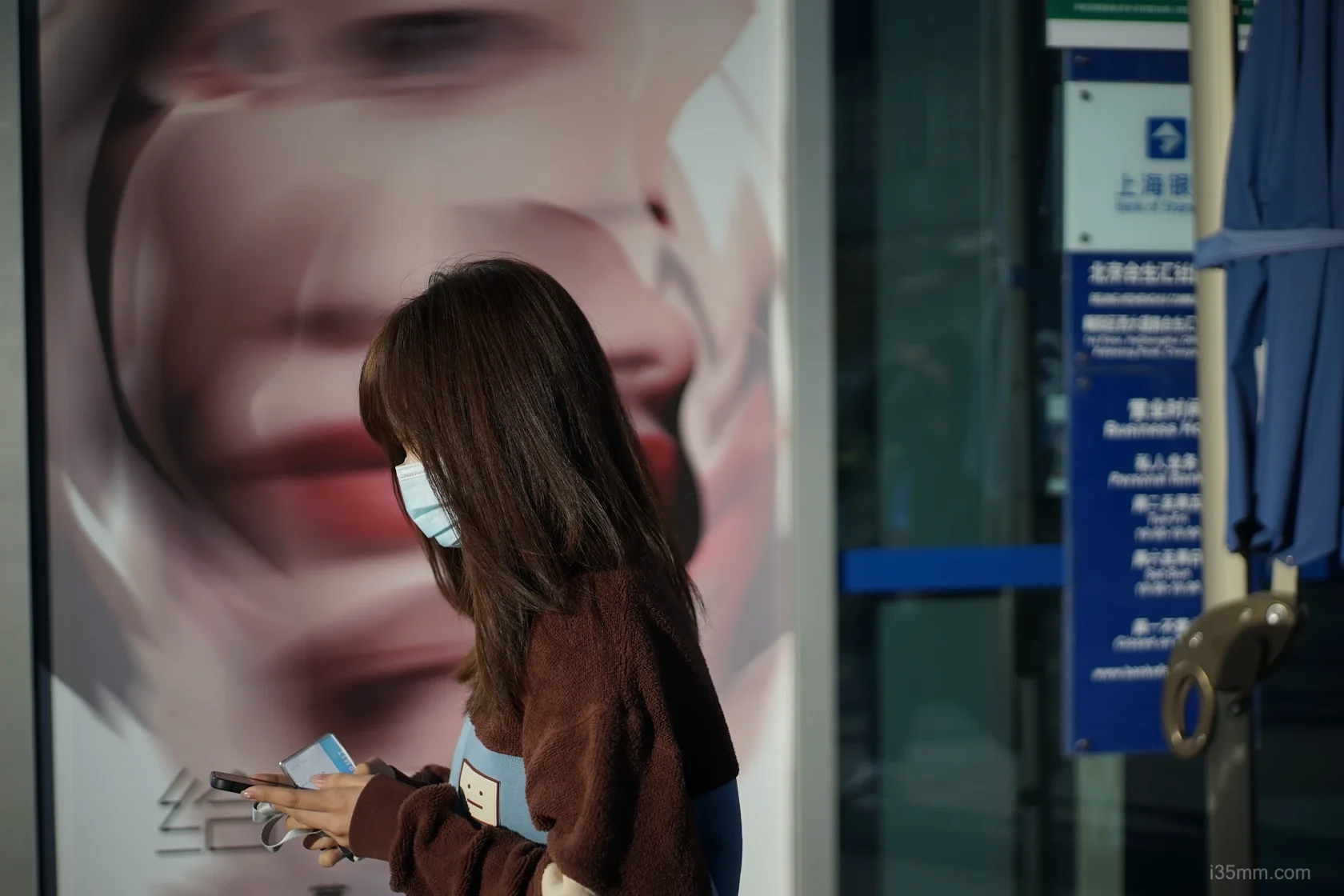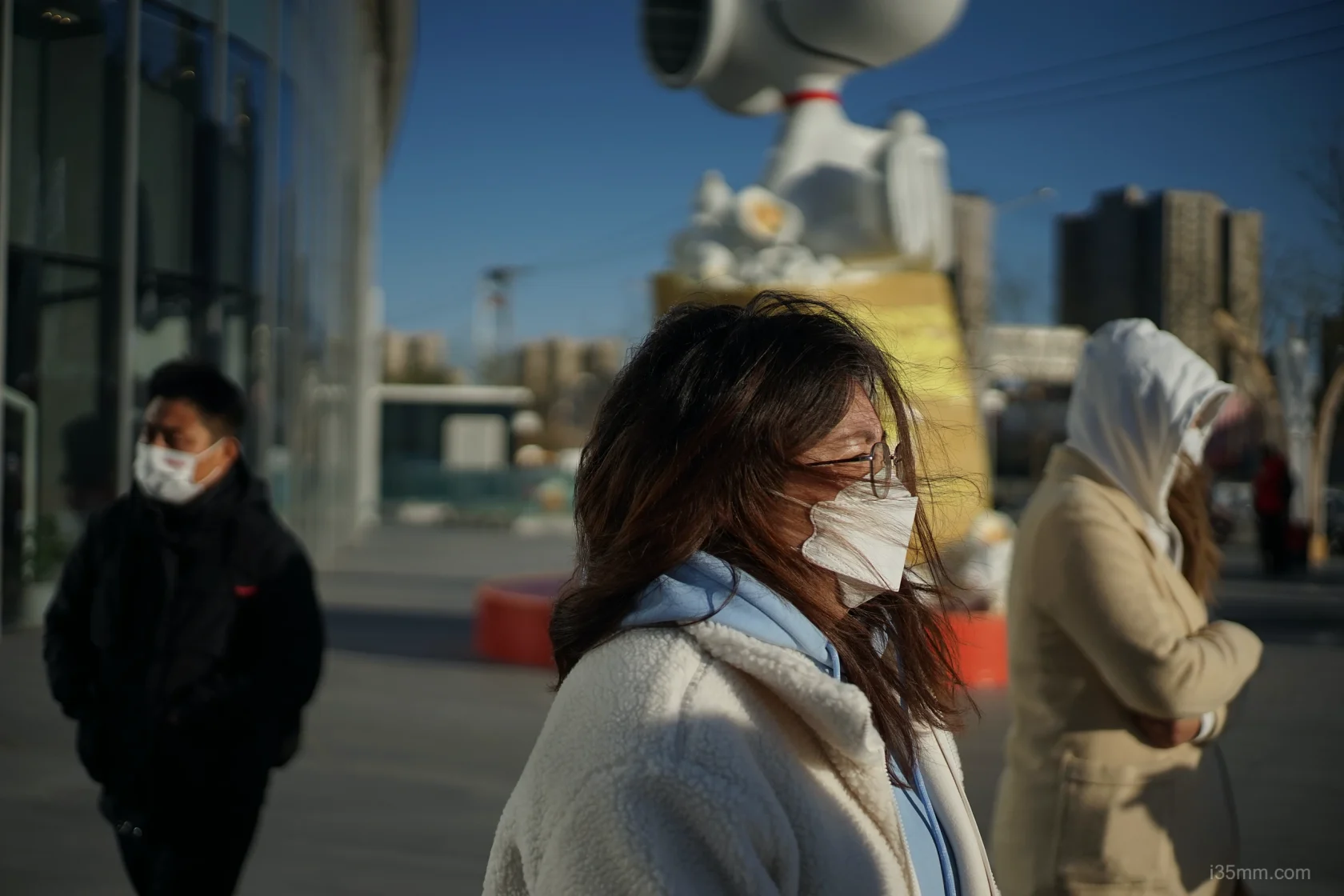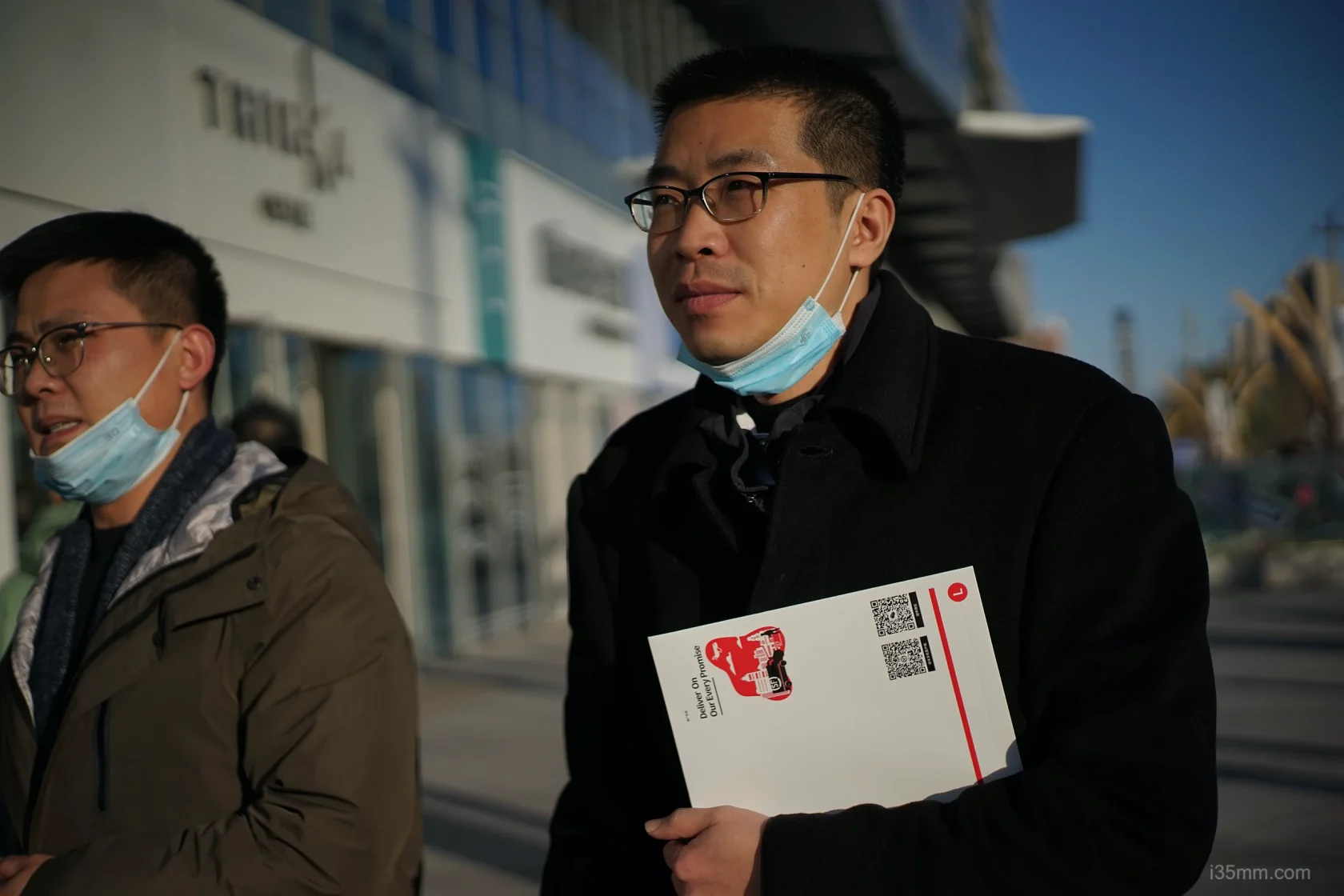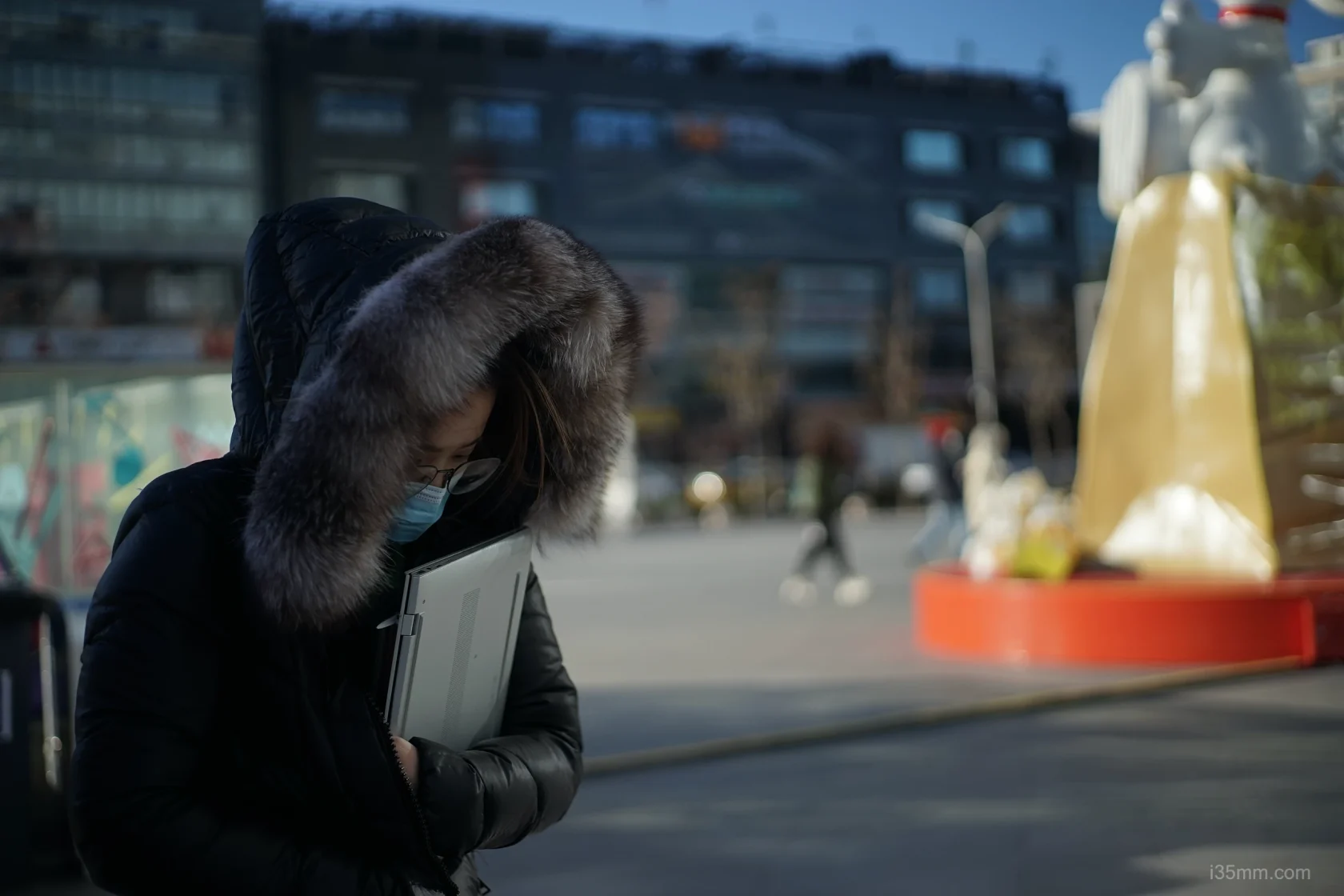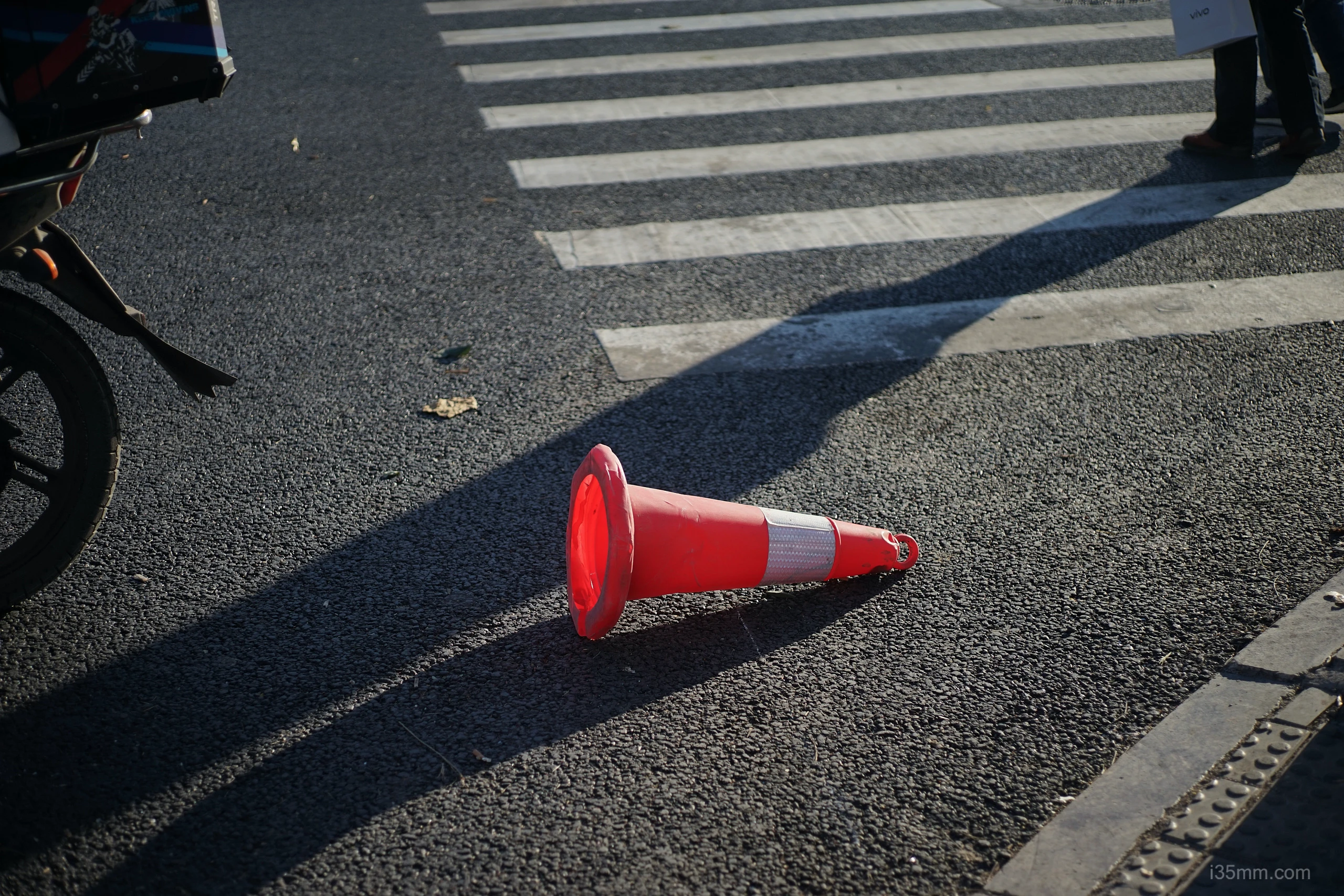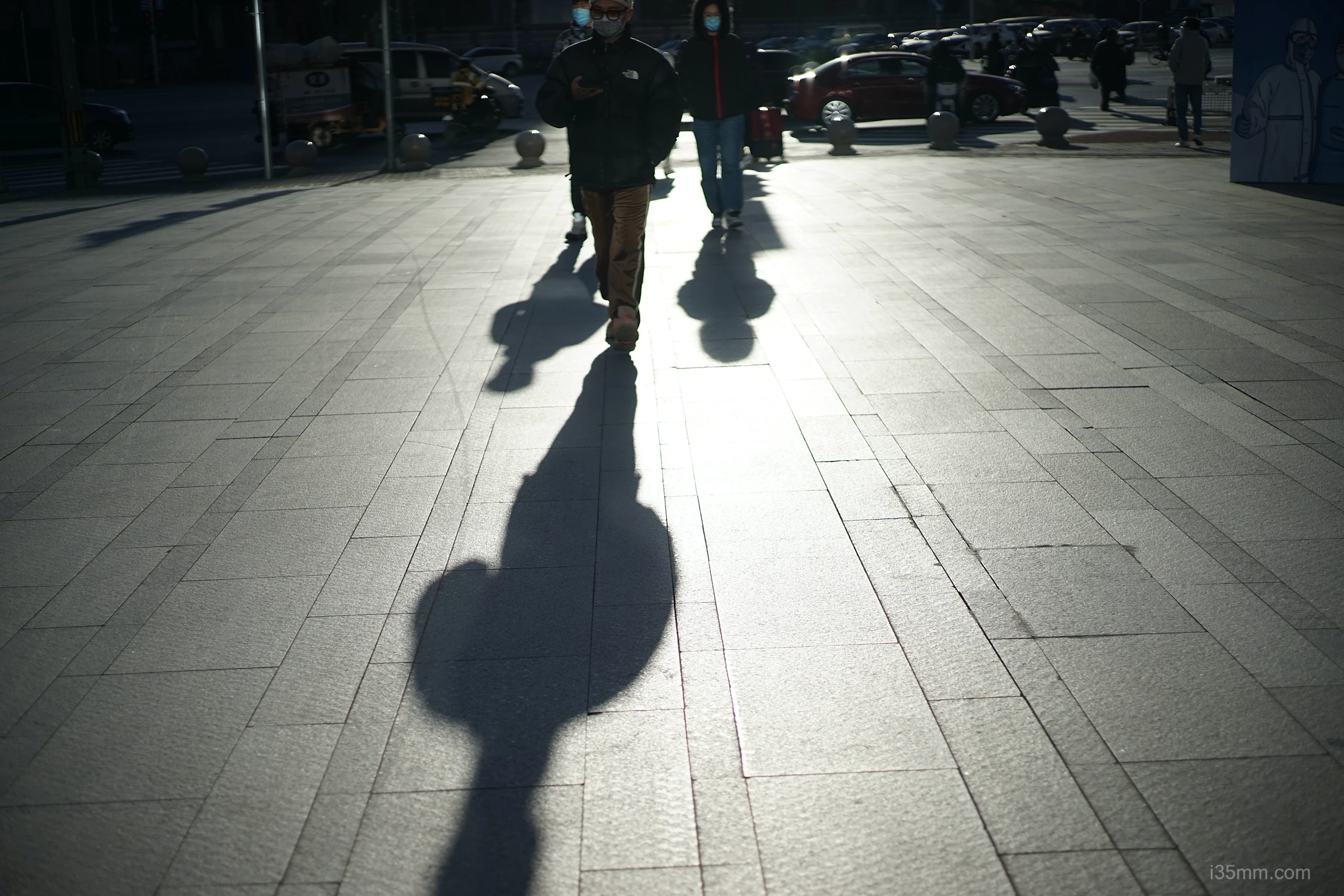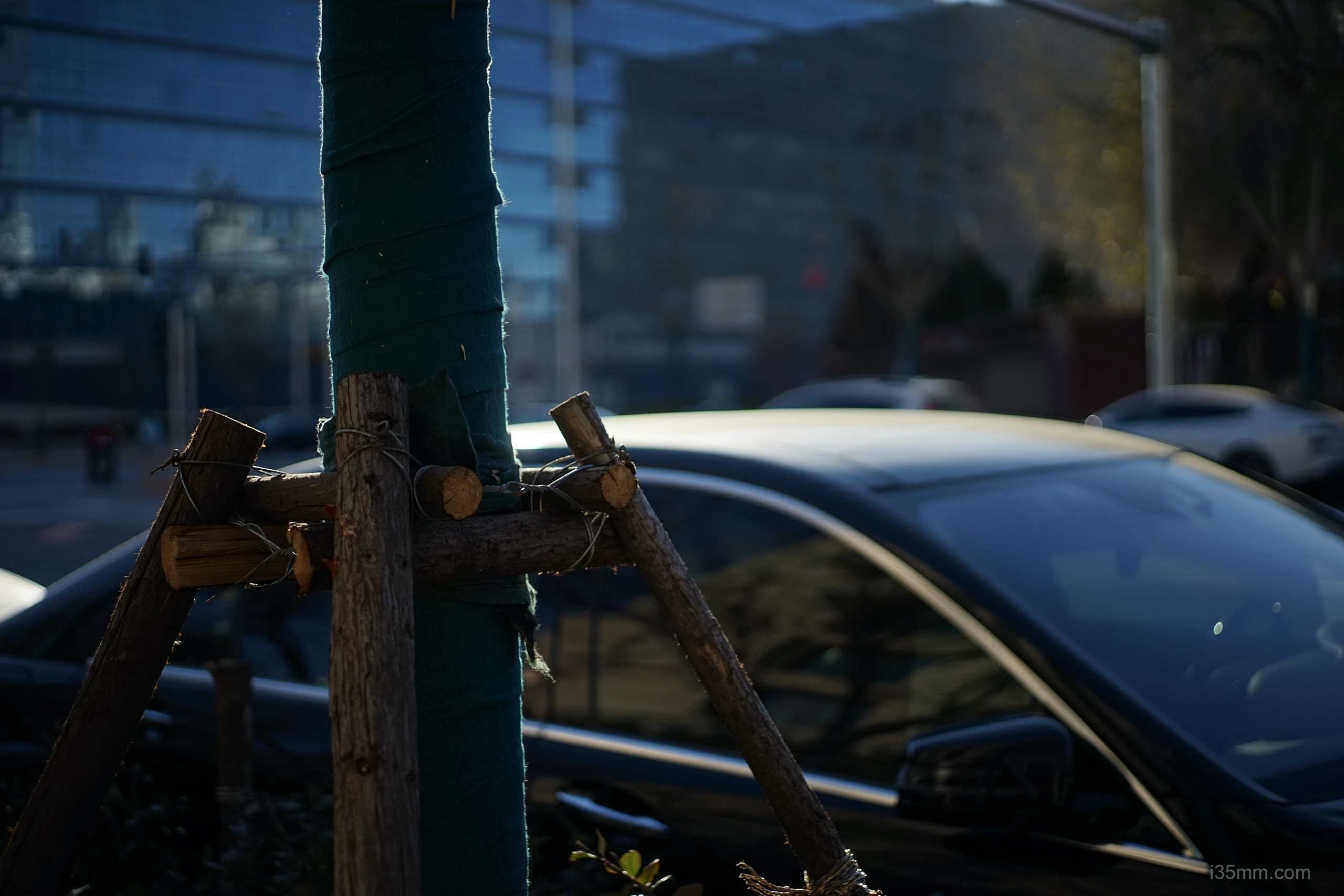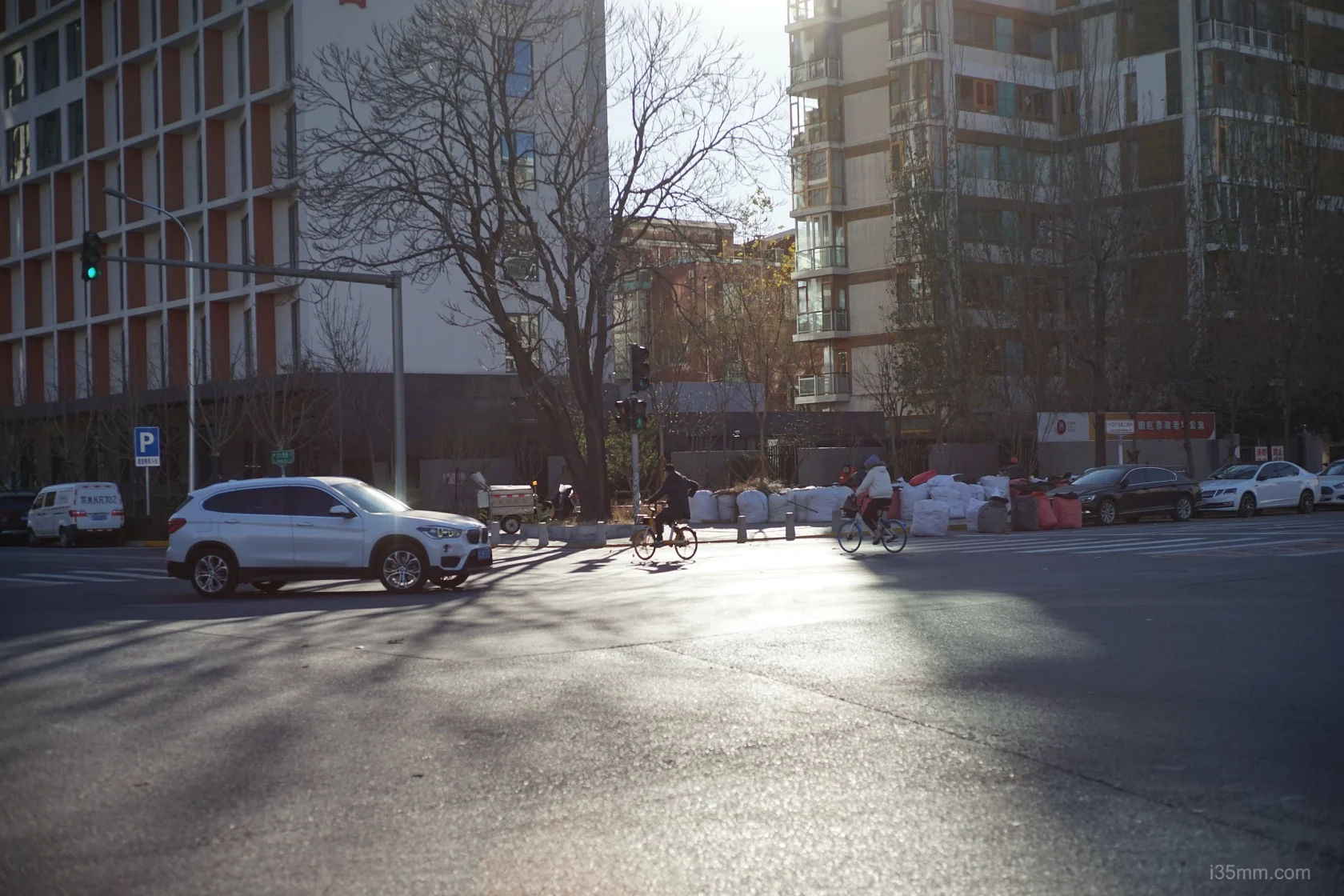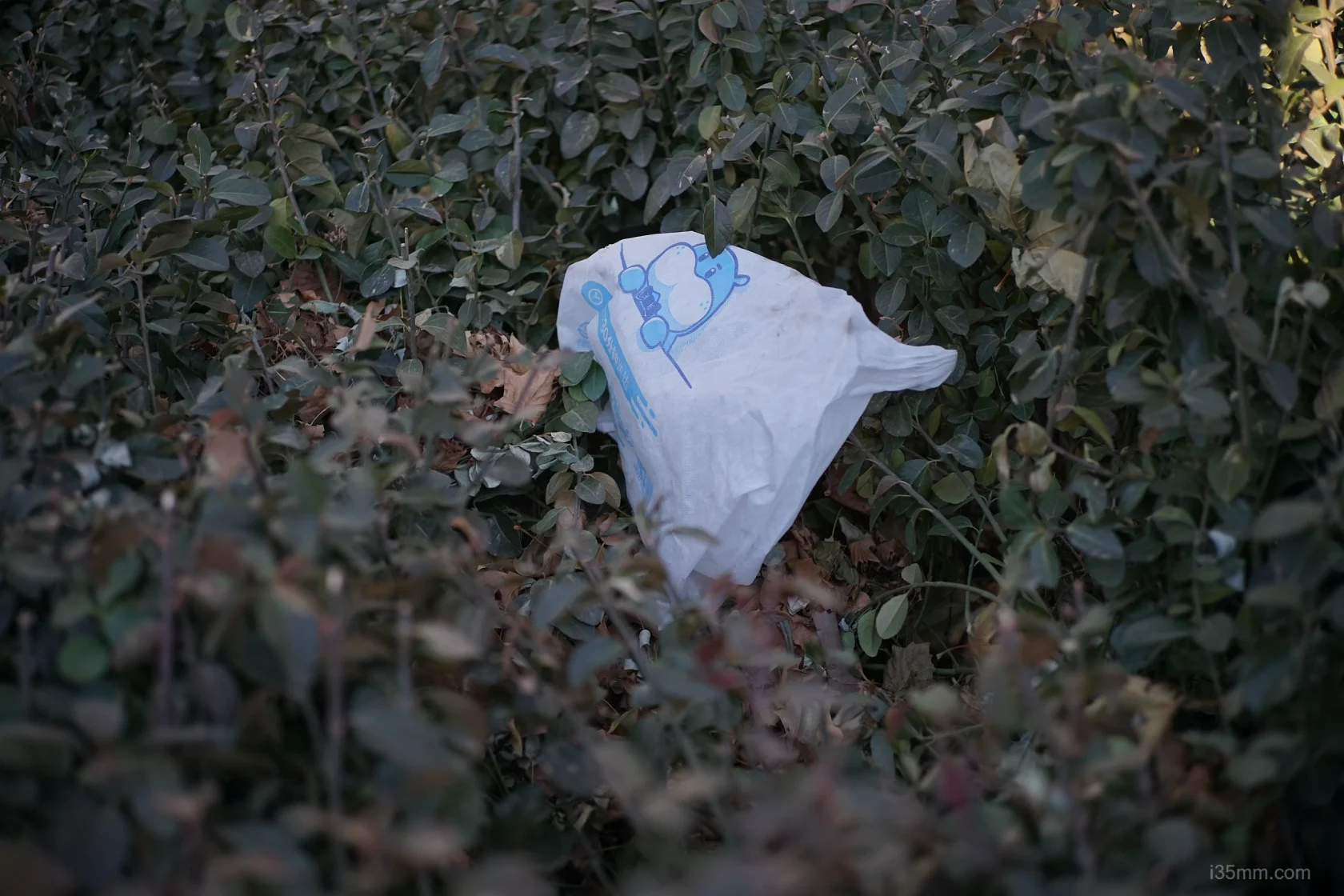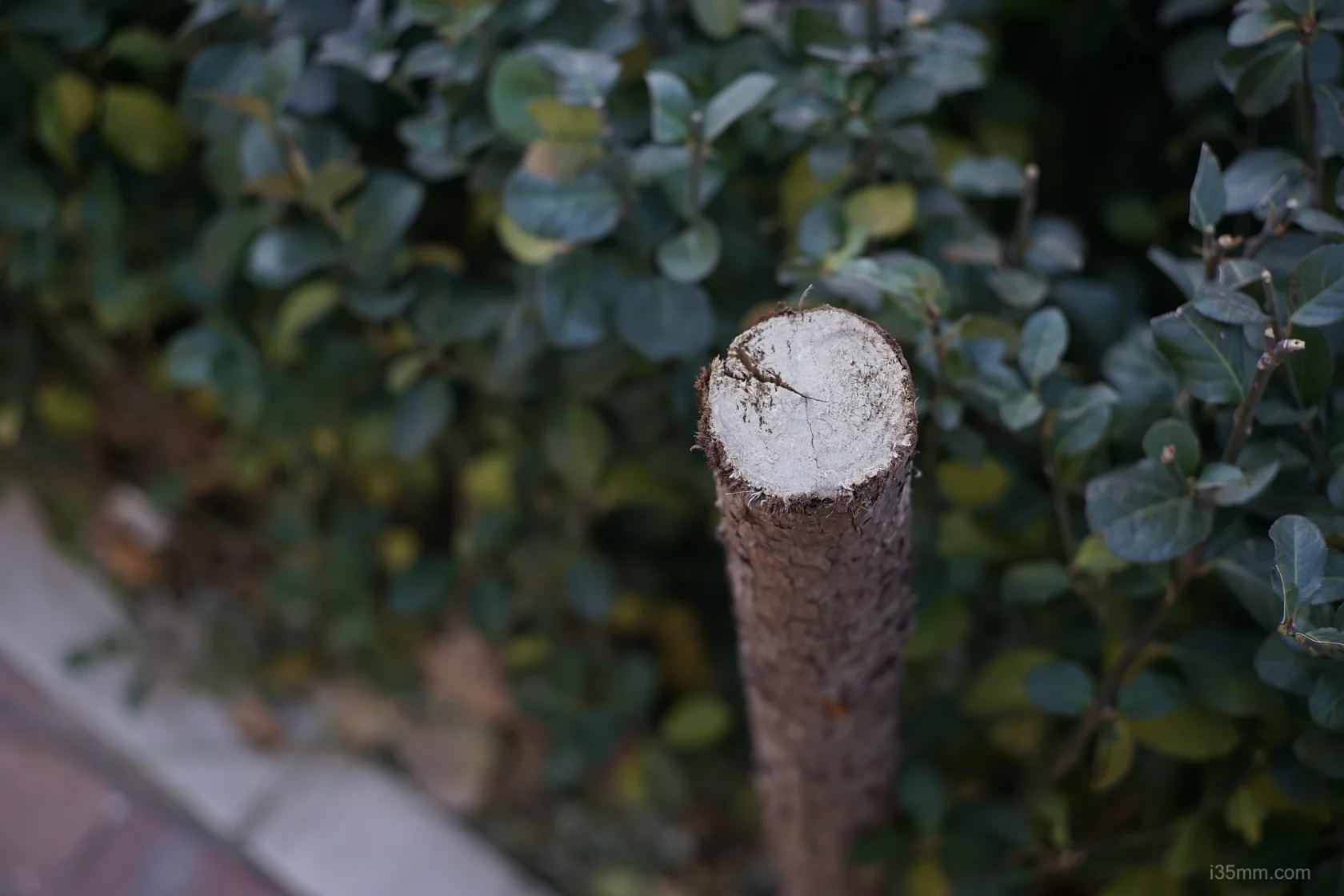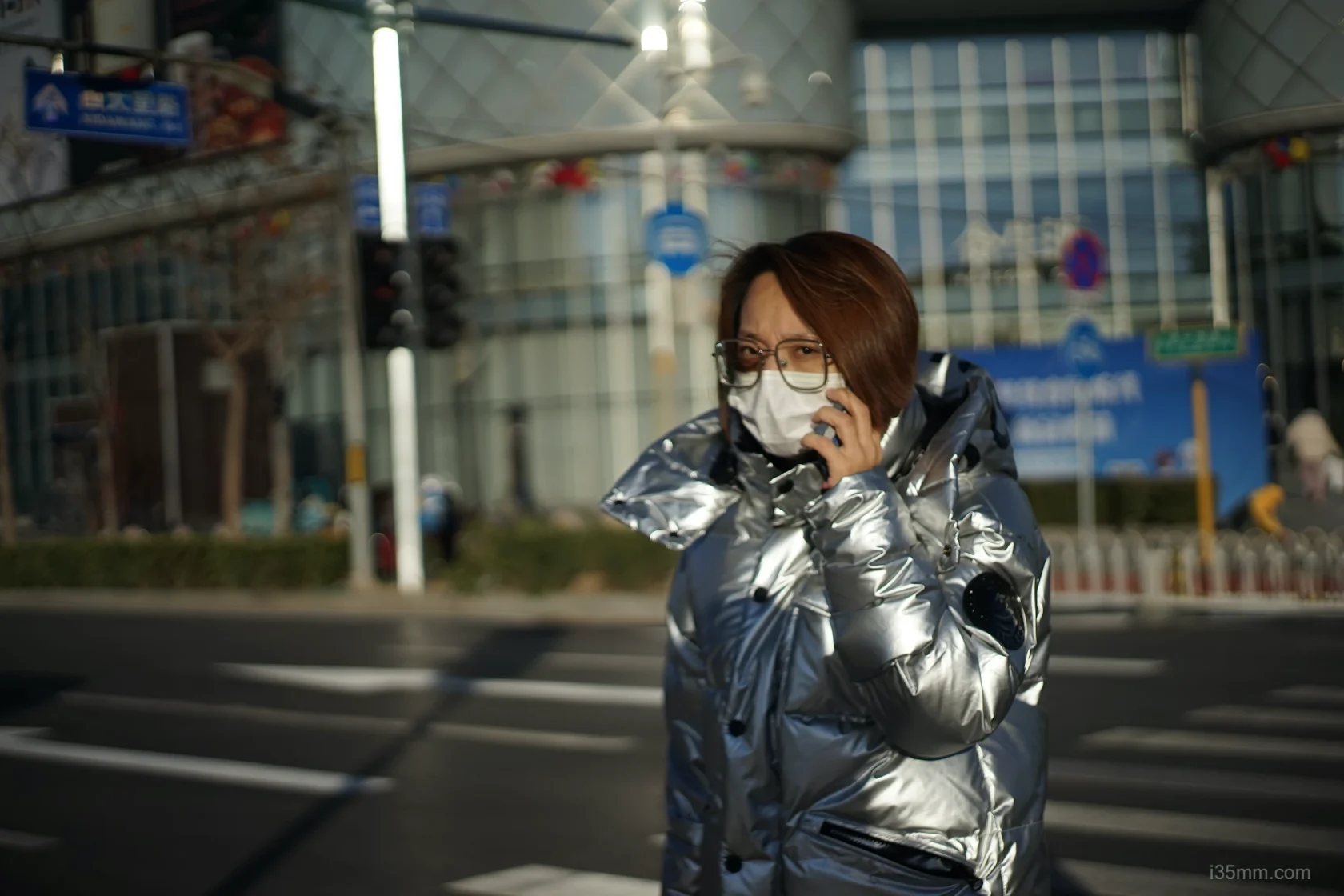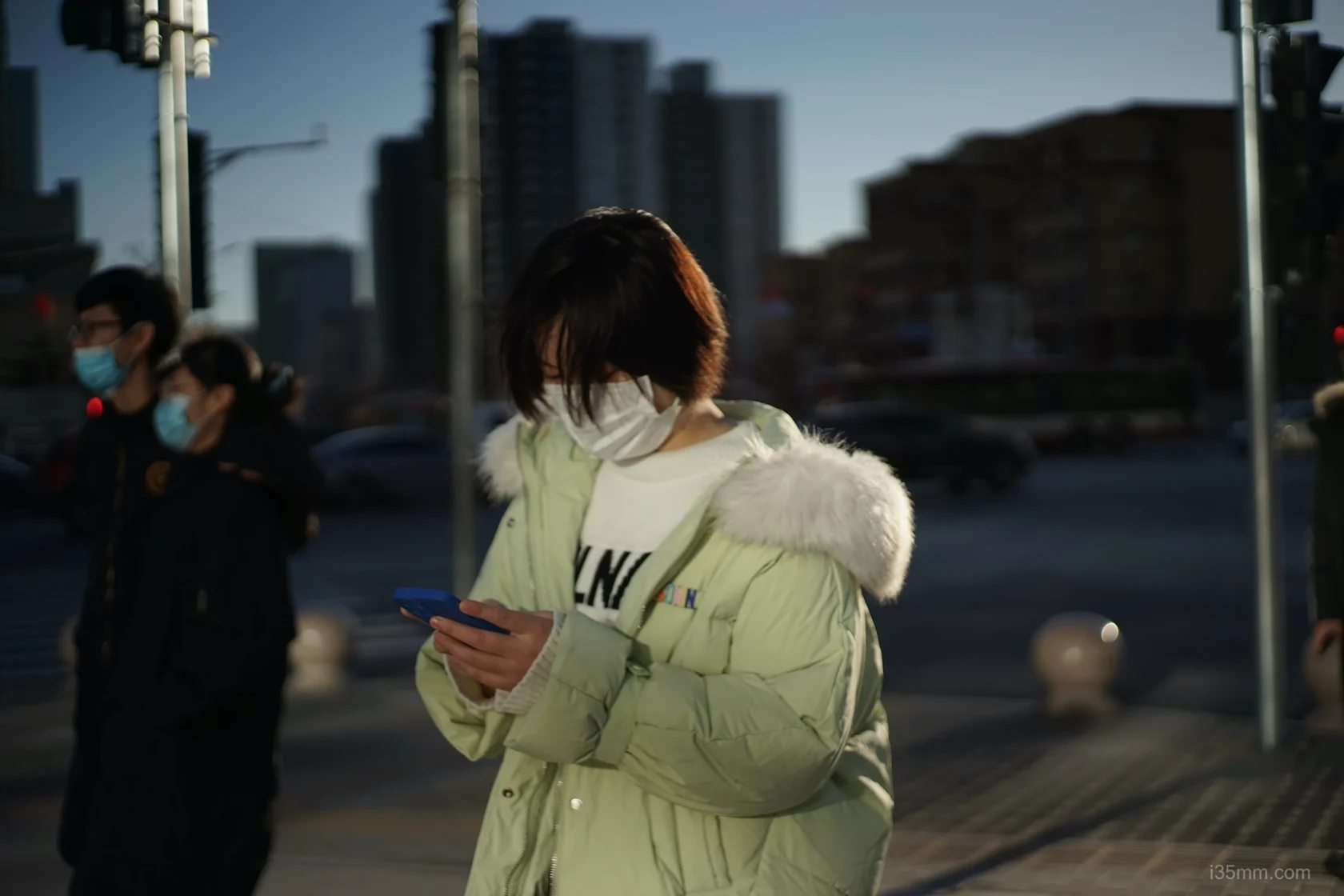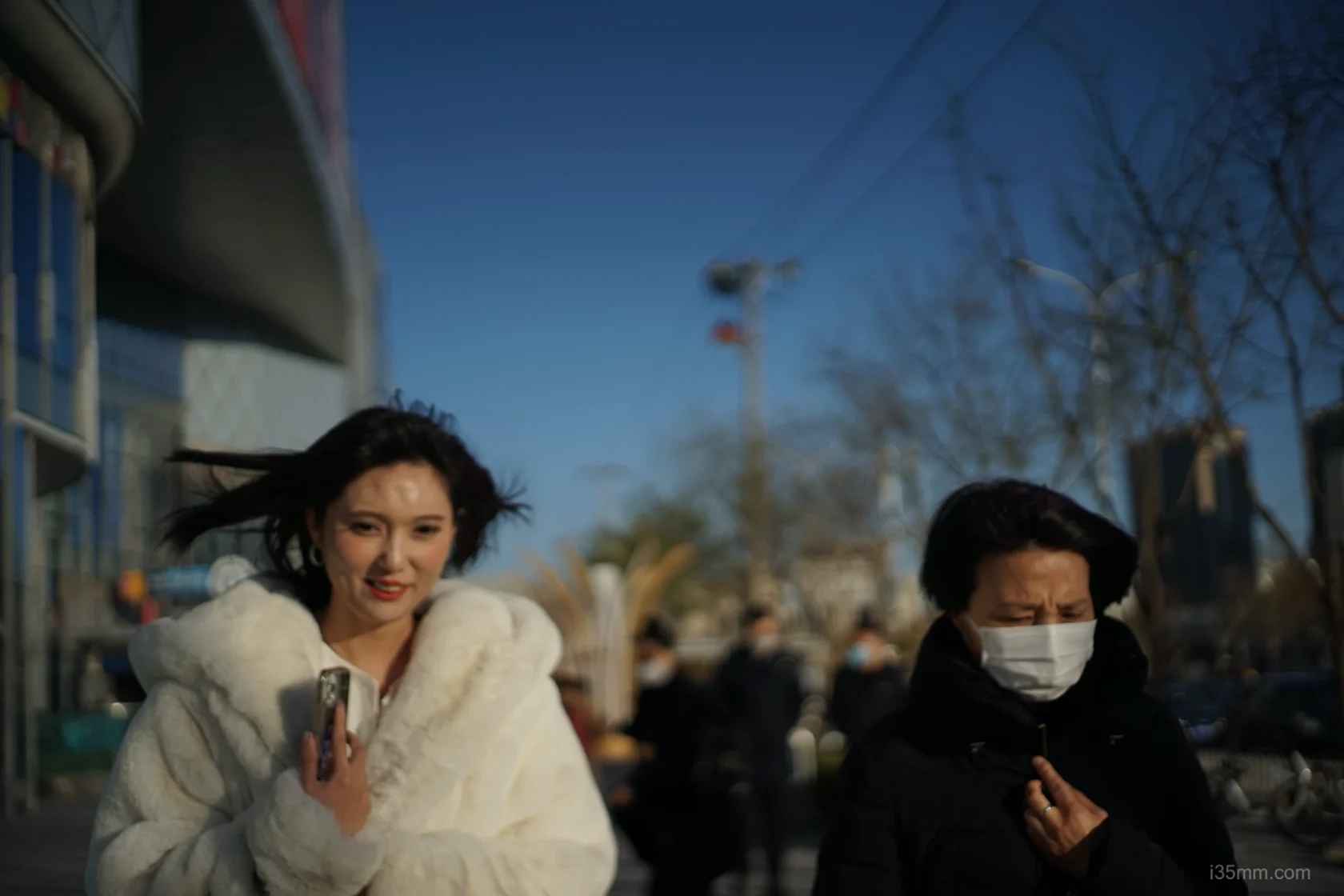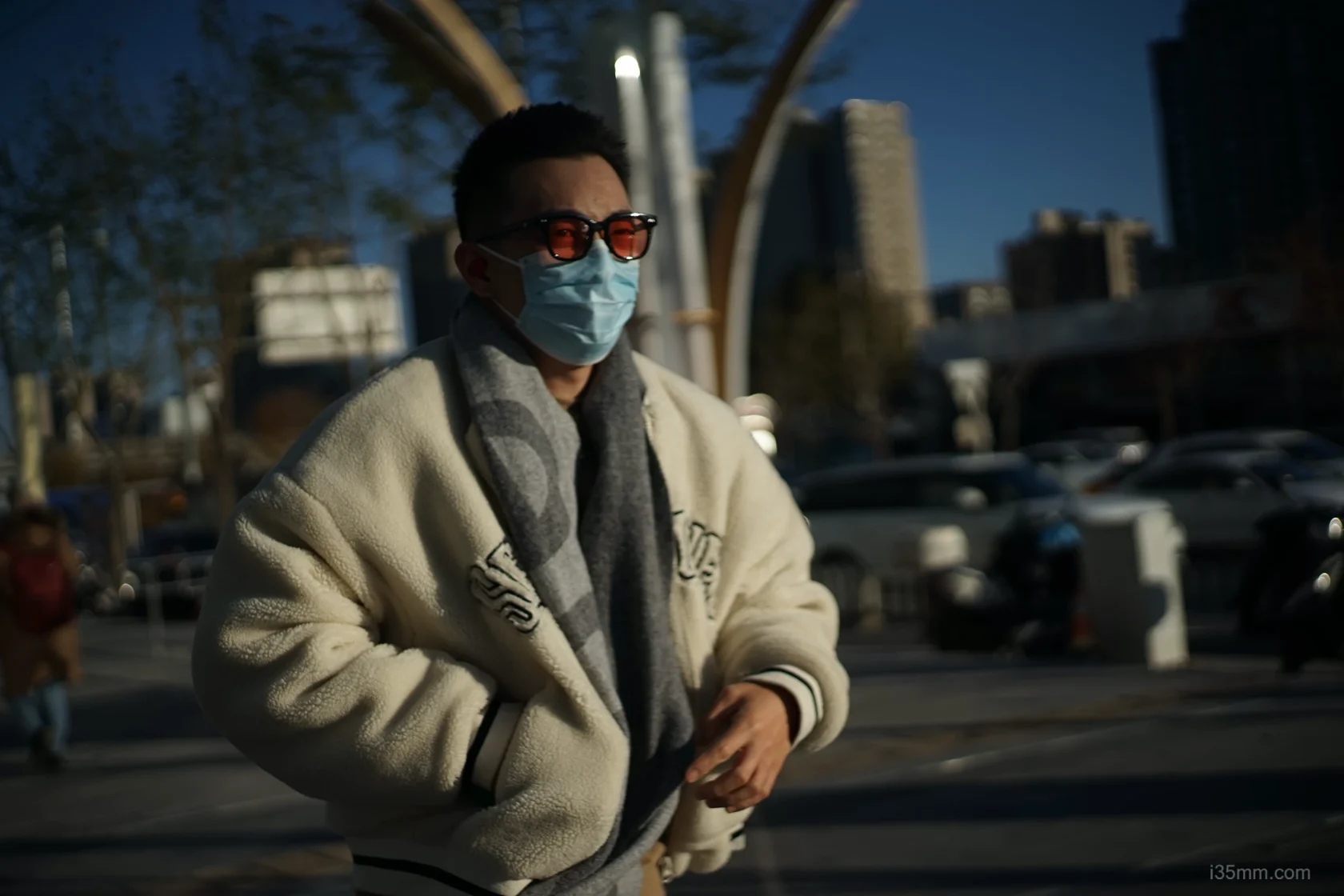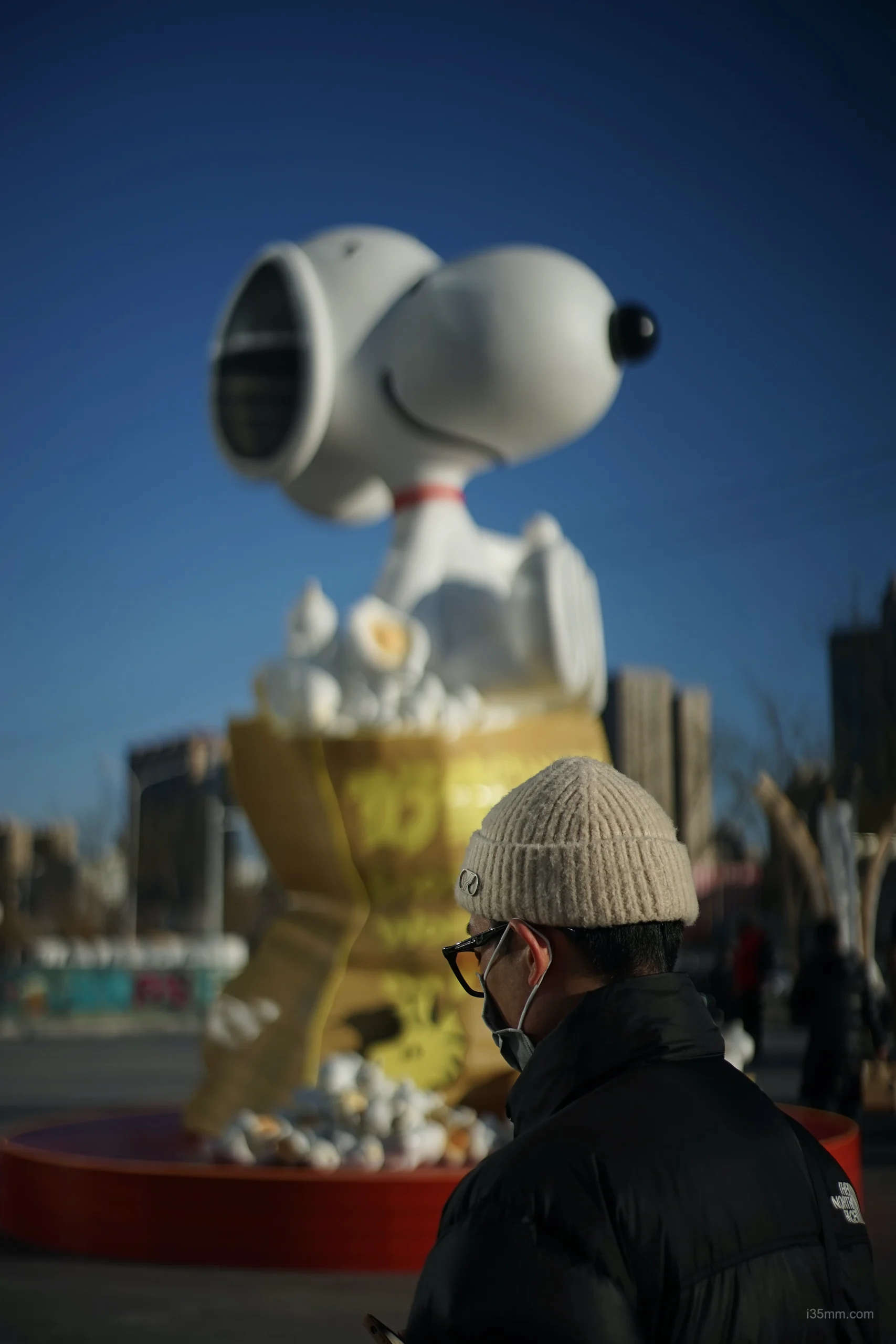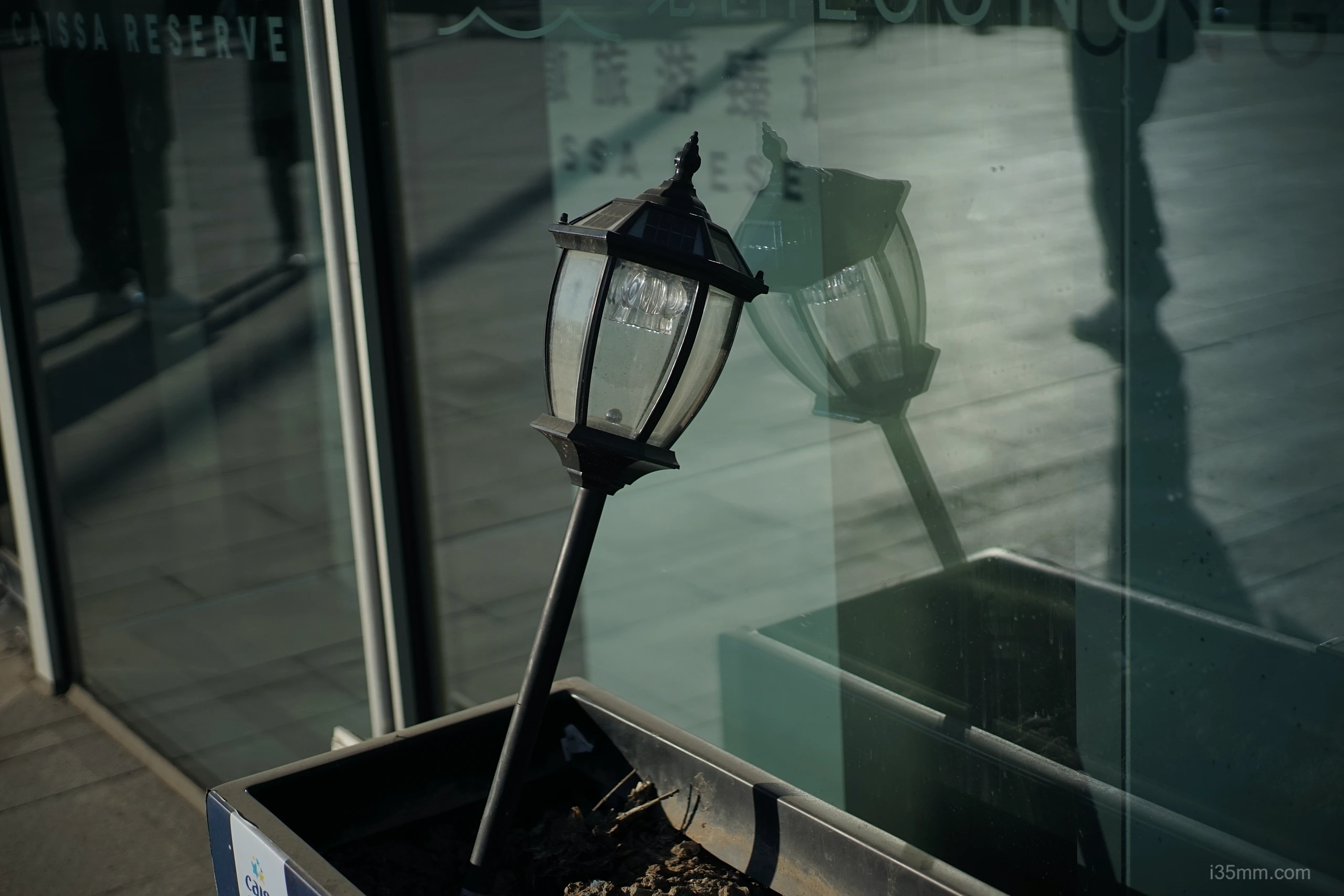The Universal Translator
In the realm of digital imaging, the Sony A7 (2013) emerges not as mere camera, but as a Rosetta Stone for optical heritage. This 474g full-frame chameleon—armed with a 24.3MP sensor and revolutionary E-mount—transcends its era by becoming the ultimate lens adapter platform. For those who speak the sacred tongue of Leica M glass, it’s a passport to optical nirvana.
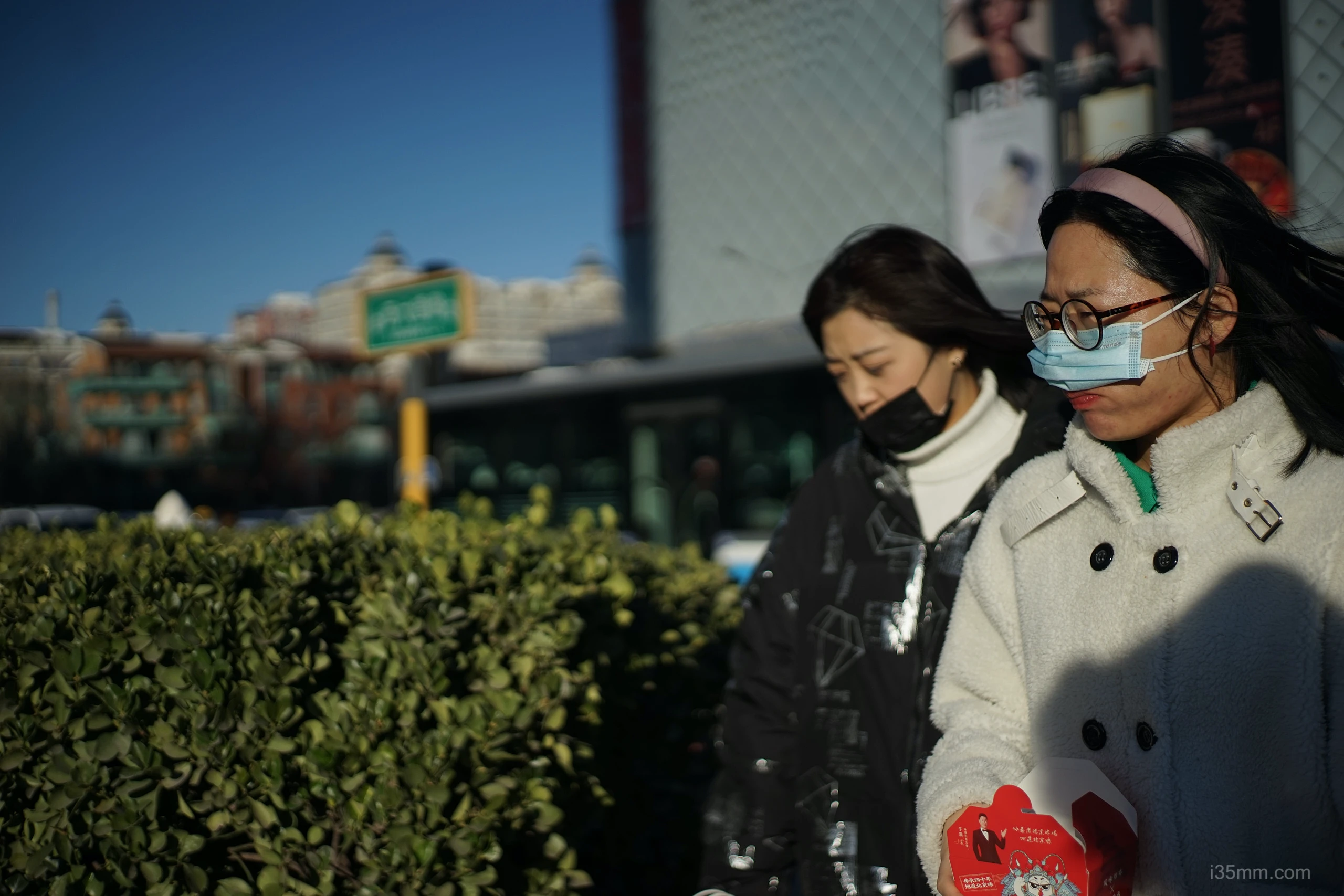
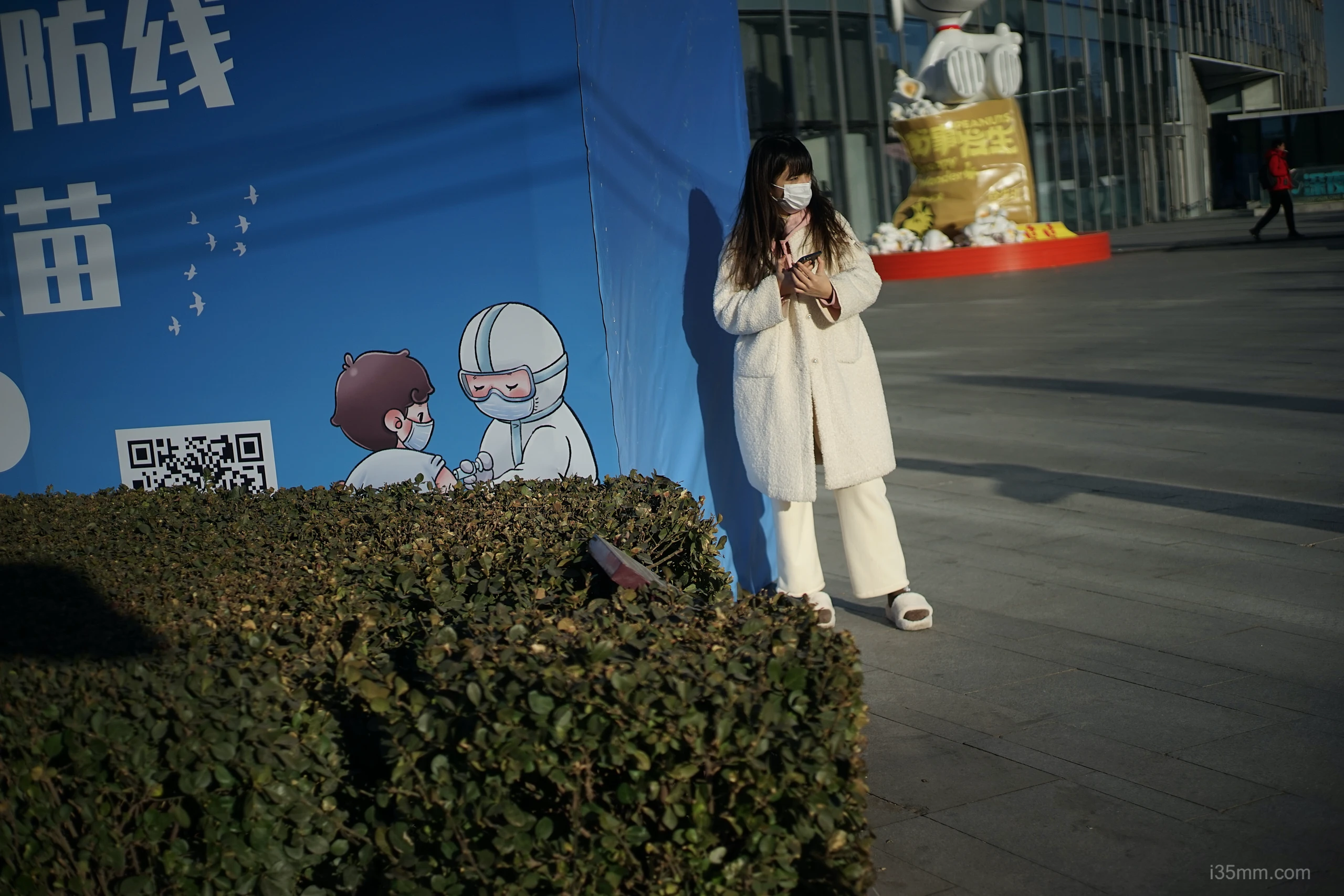
Technical Precision
- Adaptation Anatomy
- Flange Distance: 18mm—shorter than a Leica M’s 27.8mm, enabling infinite optical permutations
- Focus Peaking: RGB color-coded witchcraft for manual focus disciples
- IBIS: None (original sin later redeemed in A7 II)
- Sensor Sorcery
- Dynamic Range: 14.2 stops—Bresson’s ghost nods approvingly
- Low Light: ISO 6400 usable, ISO 25600…existential crisis
- Lens Alchemy
- Native E-Mount: Competent but soulless
- Adapted M-Mount: Where magic happens
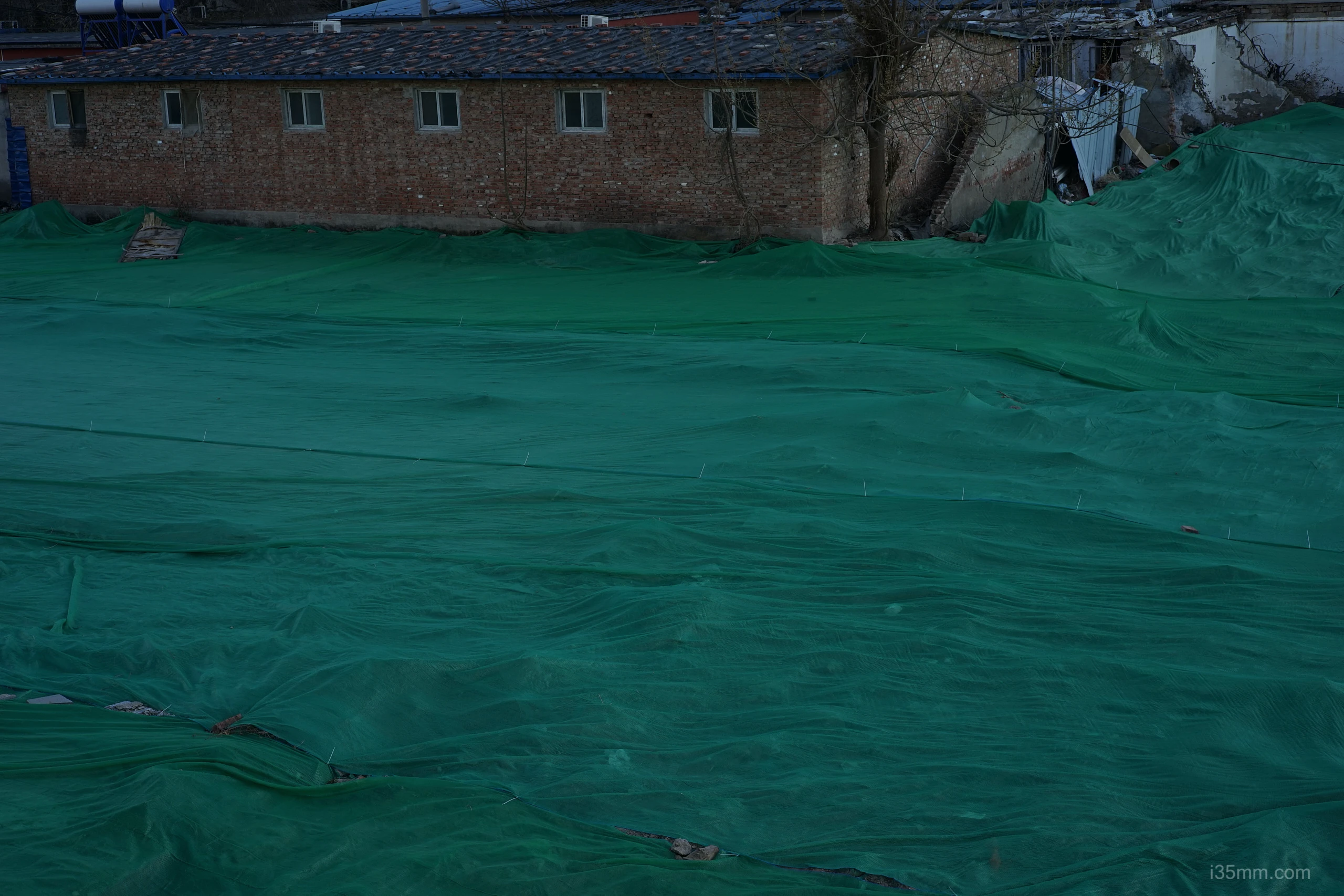
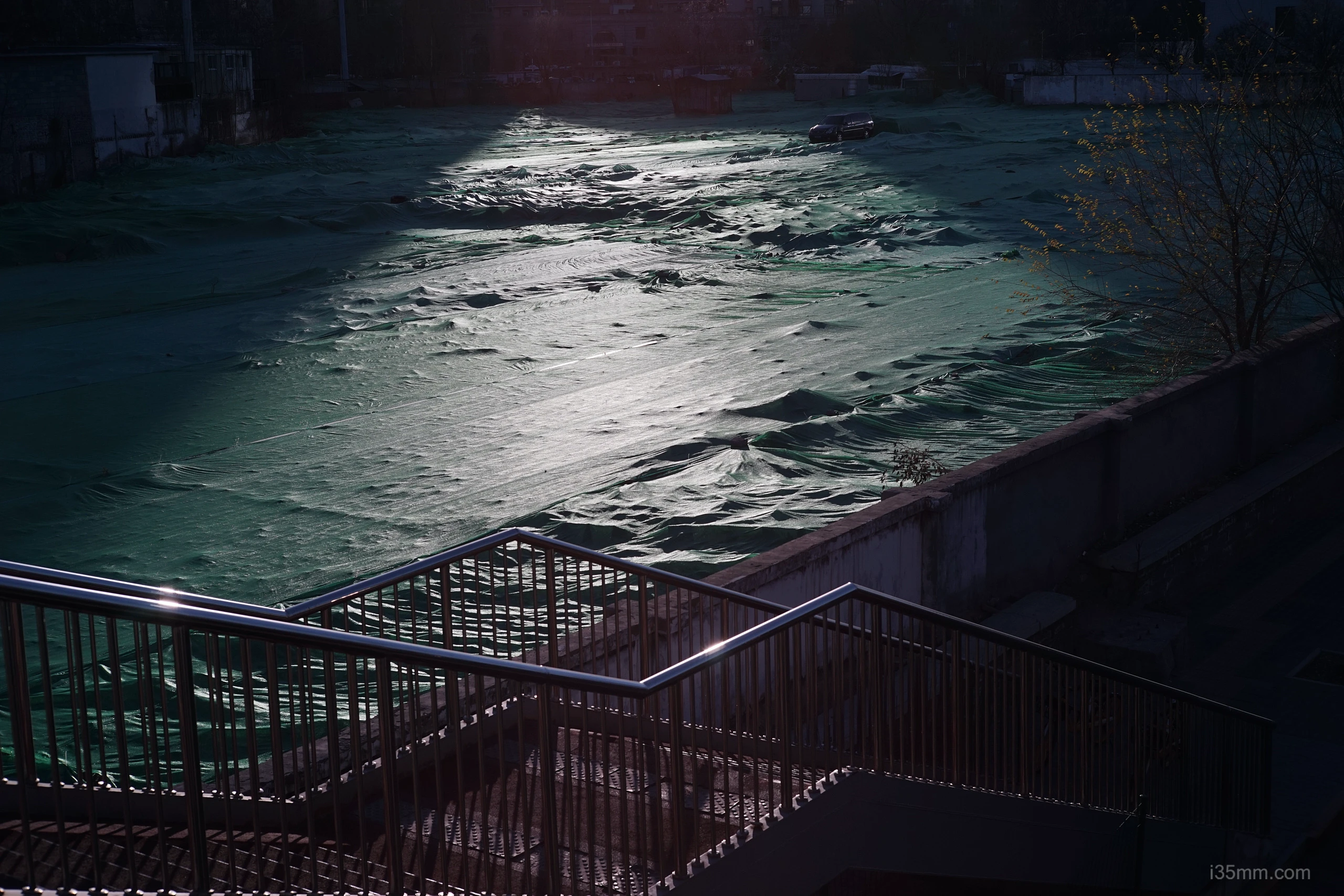
Leica Lens Symbiosis
| Lens | A7 Performance | Soul Quotient |
|---|---|---|
| Noctilux 50mm f/1.2 | f/1.2 coma? Who cares—bokeh melts reality | ★★★★★ (Bokeh Shaman) |
| Summicron 35mm f/2 | Edge smearing? Call it “character” | ★★★★ (Street Poet) |
| Elmarit 28mm f/2.8 | Corner vignette? Lightroom fixes all | ★★★ (Precision Monk) |
The Adapter’s Bible
- Metabones M→E: The gold standard (literally—$399 gold-plated contacts)
- Voigtländer VM-E: Budget-friendly heretic ($149)
- Novoflex LEM/NEX: Teutonic overengineering ($289)
Pro Tip: Shim kits from $25 fix M-mount infinity focus—worth the existential crisis
VI. Optical Paradoxes
- Vignetting: Not a flaw—it’s “Leica’s signature embrace”
- Color Shift: Magenta edges? Convert to B&W, call it “artistic choice”
- Resolution: 24MP resolves more than 1950s lens designers ever imagined
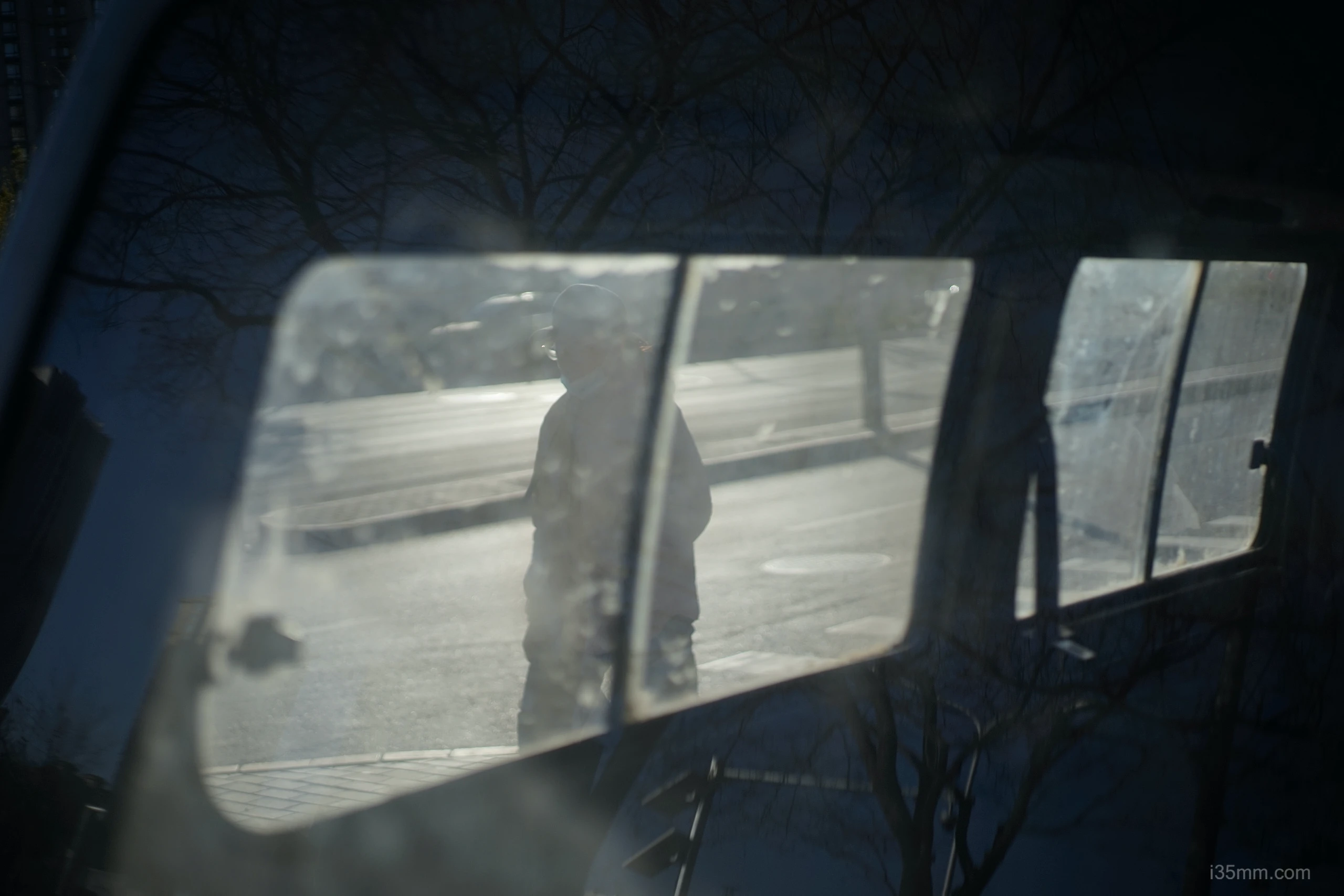
VII. Who Should Walk This Path?
✓ Optical Archivists: Breathing new life into legacy glass
✓ Bokeh Hedonists: Chasing the Noctilux dragon
✓ Manual Focus Zen Masters: Who measure life in focus throws
Avoid If: You need eye-AF or think IBIS is non-negotiable.
Final Verdict: The Bridge Across Time
The original A7 remains the ultimate adapter’s canvas—a $500 (used) portal to optical reincarnation. For the price of a mid-tier zoom, you gain:
- Access to 70 years of Leica’s optical gospel
- Manual focus skills sharp enough for Black Widow’s precision.
- Proof that megapixels matter less than optical soul
Rating: ⭐⭐⭐⭐/5 (for alchemists) | ⭐⭐/5 (for AF addicts)
“A camera that whispers: ‘The best lens is the one they said couldn’t work.’”
